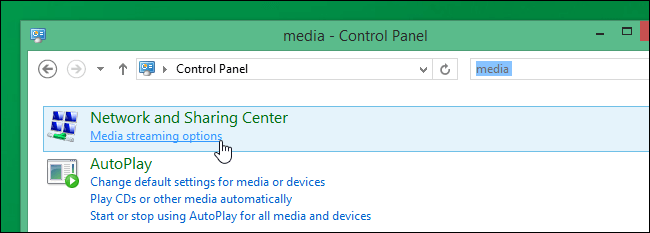
It’s worthy of consideration, particularly thanks to its internet scraping capabilities, and decent codec support, but there are still glitches, both in playback and correctly identifying content from its metadata, that count against it. No DLNA media server is going to compare favourably to Plex’s wonderful user experience, so perhaps it’s a little unfair to compare Serviio directly to it. Sadly, it overwhelmed our under-powered ShareCenter DNS-320, forcing us to retreat to TWONKY on that device. It requires Java, which makes it cross-platform, and can technically be installed on ARM-based NAS drives, allowing you to run a server directly from your network drive. Serviio comes in two parts: the server itself, and a console for configuring it, such as choosing which folders to include.

It’s also capable of pulling metadata from internet sites such as, so you simply name up your files correctly (typically moviename or tvseries-s00e00) and it’ll pull all the details you need to browse your media collection from another device. The free version lets you stream both local and online content over your local network, supports a variety of third-party devices as well as your PC and mobile, and includes on-the-fly transcoding.

The better ones tend to cost money, but while Serviio comes as a 14-day trial of a Pro version, after that date it’ll revert to the fully functional free edition, which contains all the functionality developed during the app’s beta.
ROKU SERVIIO UPDATE
There are plenty of DLNA-certified media servers out there – even a recent update to Plex Media Server added DLNA support – but they’re not all equal. And if you want your media server to work with a wide range of devices – mobiles, computers, consoles, smart TVs and more – then you want to pick one that’s DLNA certified.

The best way of sharing video, music and photos over your network is by using a media server.


 0 kommentar(er)
0 kommentar(er)
